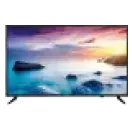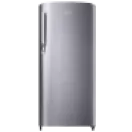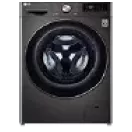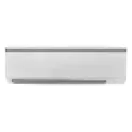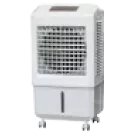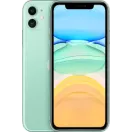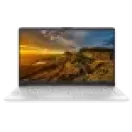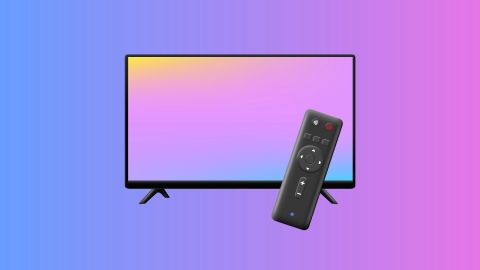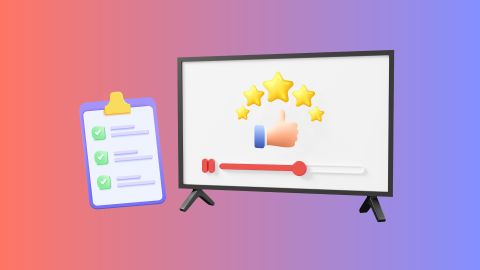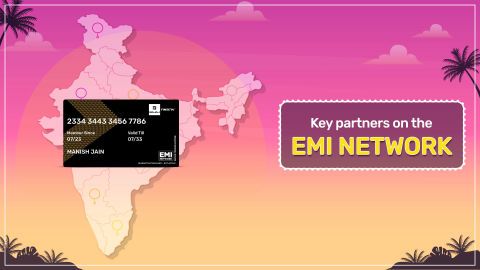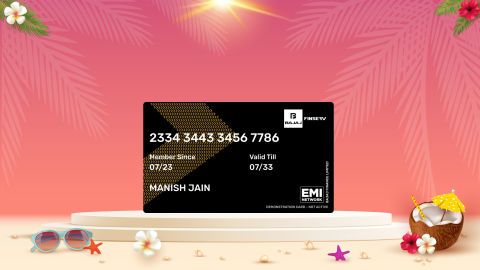A solar inverter is a device that changes direct current (DC) from solar panels into alternating current (AC). AC is the type of electricity used in homes, offices, and industries. Without an inverter, the energy from solar panels cannot power your appliances. The system also helps regulate the flow of electricity, keeps voltage levels safe, and ensures smooth performance. In short, it makes solar power usable for everyday needs. For anyone planning to shift to solar energy, an inverter is the most important component. Explore eco friendly power alternatives while keeping your space warm with the latest room heaters.
Why spend more when you can save more? Use the Maha Bachat savings calculator to combine dealer offers, brand offers, and Bajaj offers to bring down your purchase cost. Calculate your extra savings today!
Types of solar inverters: grid tied, off grid, and hybrid
Grid tied solar inverters:
- Connected to the main power grid.
- Excess energy is sent back to the grid, reducing electricity bills.
- Ideal for areas with reliable grid access.
Off-grid solar inverters:
- Operate independently from the grid.
- Require battery storage to store excess energy.
- Best suited for remote locations with limited grid access.
Hybrid solar inverters:
- Combine features of grid tied and off-grid inverters.
- Can store energy in batteries and also send excess power to the grid.
- Suitable for both urban and rural settings.
Modern inverters integrate well with energy-efficient devices, like electric room heaters and smart room heaters, offering seamless energy distribution and management.
Also check: Types of Inverters
How does a solar inverter work?
- Energy conversion: Solar panels generate DC electricity from sunlight. The inverter converts this DC power into usable AC electricity for homes and businesses.
- Power management: The inverter regulates voltage and frequency to ensure a consistent power supply for connected appliances.
- Battery integration: In off-grid and hybrid systems, the inverter charges and discharges batteries to store or release energy when needed.
- Grid synchronisation: Grid-tied inverters synchronise with the main power grid to transfer excess energy seamlessly.
- Monitoring and control: Advanced inverters come with monitoring systems that track energy generation, usage, and performance metrics.
- Load prioritisation: Inverters prioritise energy from solar panels before drawing power from batteries or the grid.
These systems ensure compatibility with appliances like small room heaters, providing efficient power management during peak energy demand.
Also Read: Advantages of power inverter
Key components of a solar inverter
- Solar panels: Capture sunlight and convert it into DC electricity.
- Battery storage: Stores excess energy generated during the day for later use.
- Charge controller: Manages the flow of electricity between the solar panels, batteries, and inverter to prevent overcharging or over discharging.
- Power inverter unit: Converts DC power from the panels or batteries into AC power for appliances.
- Monitoring system: Tracks energy production, consumption, and overall system performance.
- Cooling fan: Prevents overheating by dissipating excess heat generated during energy conversion.
- Protective circuits: Safeguard against overvoltage, short circuits, and electrical surges.
- Switches and wiring: Facilitate safe energy transmission between system components.
Each component works together to ensure reliable power generation, storage, and delivery to appliances like heaters and other household devices.
Also Read: Top 10 Solar Inverters in India
Benefits of using a solar inverter for your home or business
Solar inverters have become a vital part of sustainable energy solutions, offering numerous benefits for homes and businesses. They allow you to harness renewable energy, significantly reducing your dependency on traditional electricity grids. One of the most significant advantages is the reduction in electricity bills, as solar inverters enable you to generate your own power and, in grid-tied systems, even send surplus energy back to the grid for credits.
For businesses, solar inverters provide reliable backup power, ensuring uninterrupted operations during grid failures. Advanced hybrid models offer the flexibility of drawing power from solar panels, batteries, or the grid, depending on energy availability and demand.
Modern inverters also come with smart monitoring systems, allowing users to track energy production, consumption, and storage through mobile apps or online dashboards. This feature ensures better energy management and helps identify any performance issues early.
Environmentally, solar inverters contribute to reducing carbon footprints by utilising clean, renewable energy. With fewer emissions and reduced reliance on fossil fuels, they support global sustainability goals.
When paired with appliances like Lifelong room heaters, solar inverters ensure energy-efficient heating solutions, even during peak energy demand periods.
Investing in a solar inverter not only delivers financial savings but also aligns with the long-term goal of creating a cleaner and greener future.
Get electronics and appliances on Easy EMIs with Bajaj Finserv
Upgrading your home with the latest electronics and appliances is now easier and more affordable with Bajaj Finserv’s flexible financing options and latest offers. You can also maximise your savings by using the Maha Bachat Savings Calculator—a smart tool that combines brand offers, dealer offers, and EMI offers, all in one place, helping you lower the overall cost while still paying in small, bite-sized instalments. Follow these steps to get started:
- Explore products on Bajaj Mall: Browse a wide range of electronics and appliances from trusted brands. Compare features like energy ratings, storage capacity, performance settings, and design to choose the right product for your home.
- Visit a partner store: Once you shortlist a model, step into any of Bajaj Finserv’s 1.5 lakh partner stores across 4,000 cities in India. See the product in person, talk to experts, and make a confident decision.
- Choose the Easy EMI Loan option: At checkout, select the Bajaj Finserv Easy EMI Loan. Avail financing of up to Rs. 5 lakh and split the cost into convenient monthly instalments. Some products also come with a zero down payment option.
- Check your loan eligibility online: Plan better by checking your loan eligibility in minutes. Simply enter your mobile number and OTP to know your pre-approved limit.
- Use the EMI Network Card for purchases up to Rs. 3 lakh: Already own the Bajaj Finserv EMI Network Card? Use it for instant, paperless checkout and convert your purchases of up to Rs. 3 lakh into Easy EMIs.
Inverters By top brands
Inverters by types
Inverters by volts
Inverters by budget




